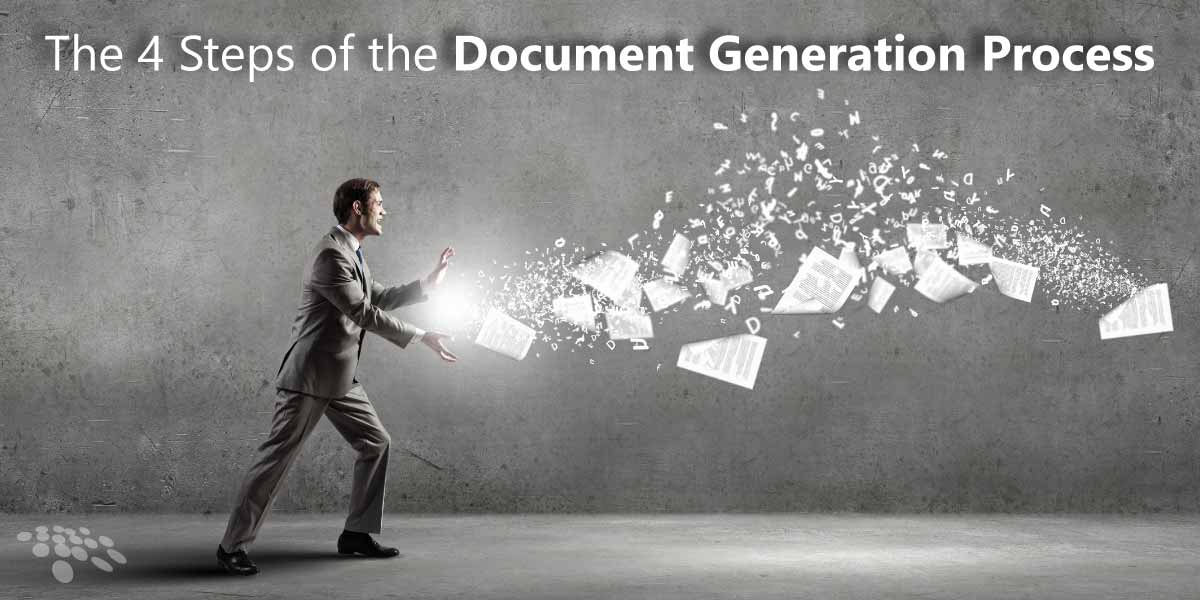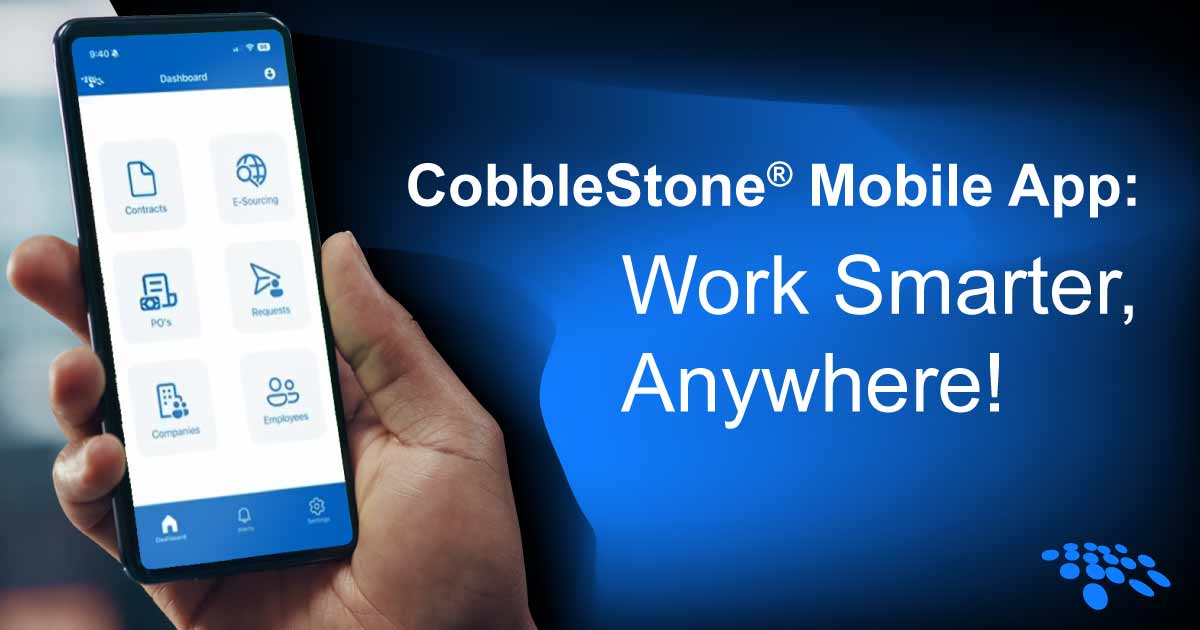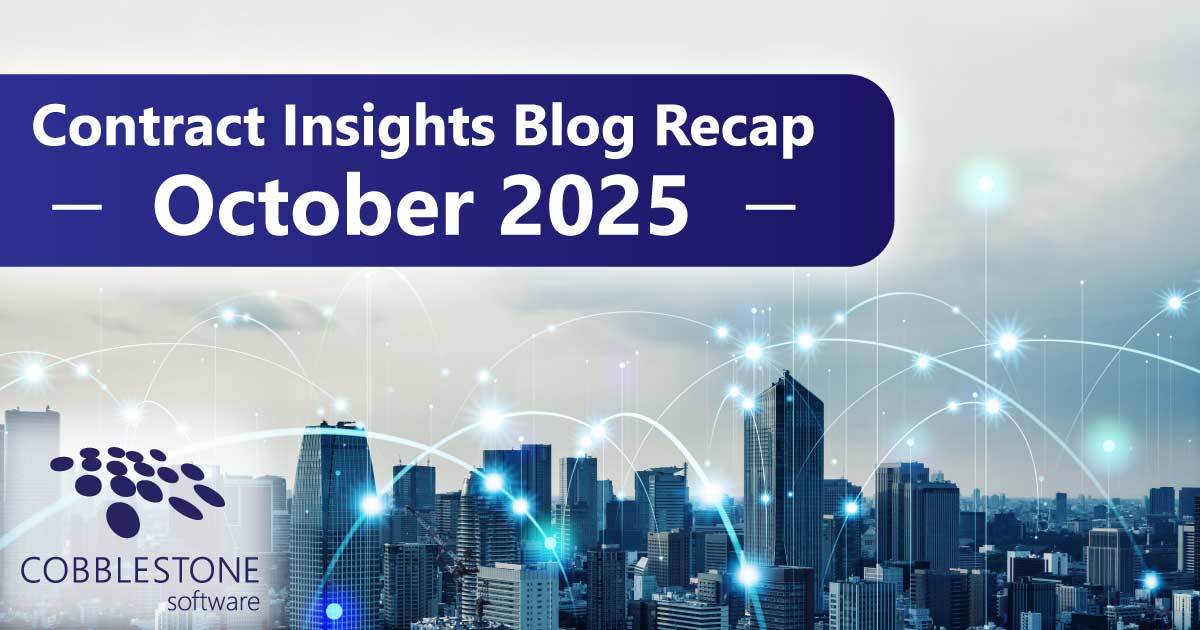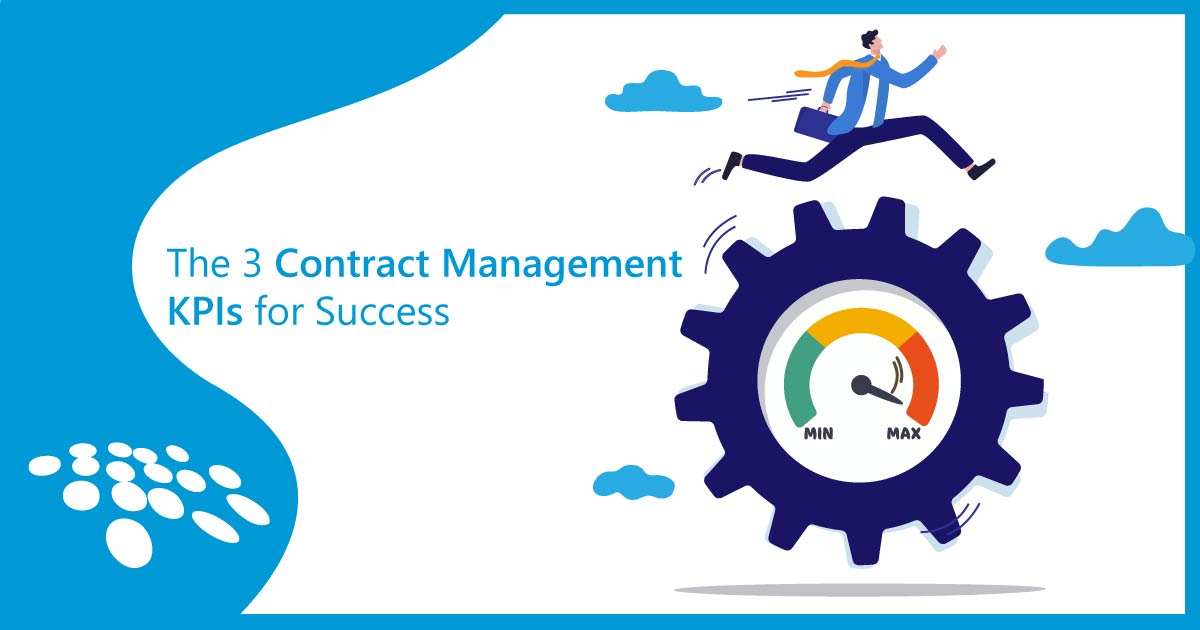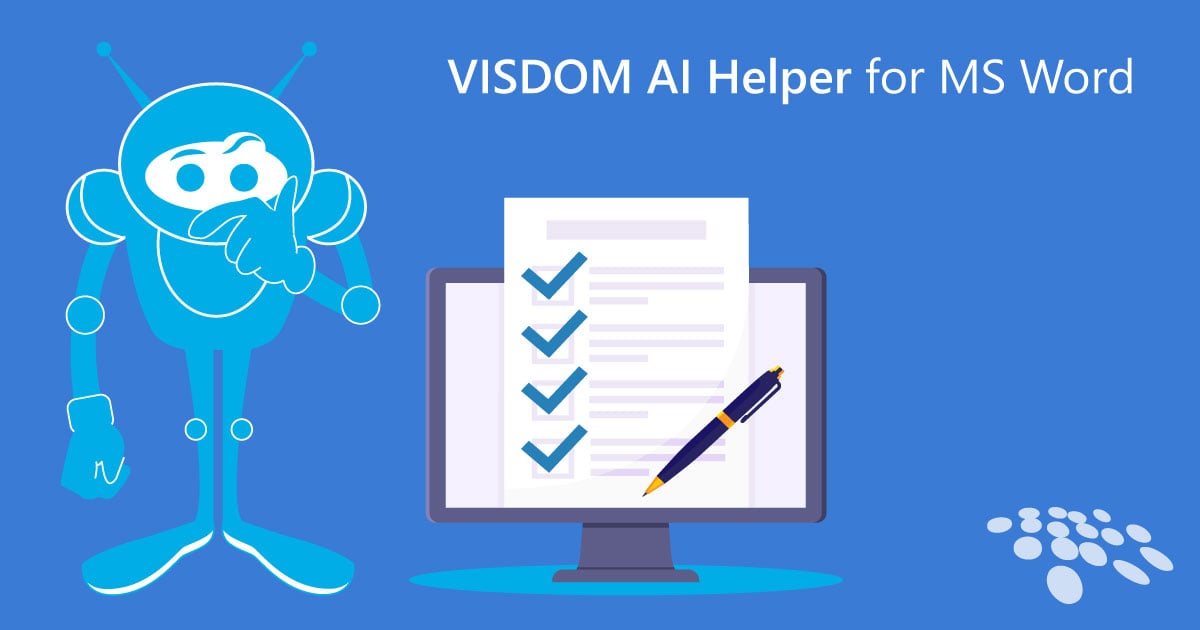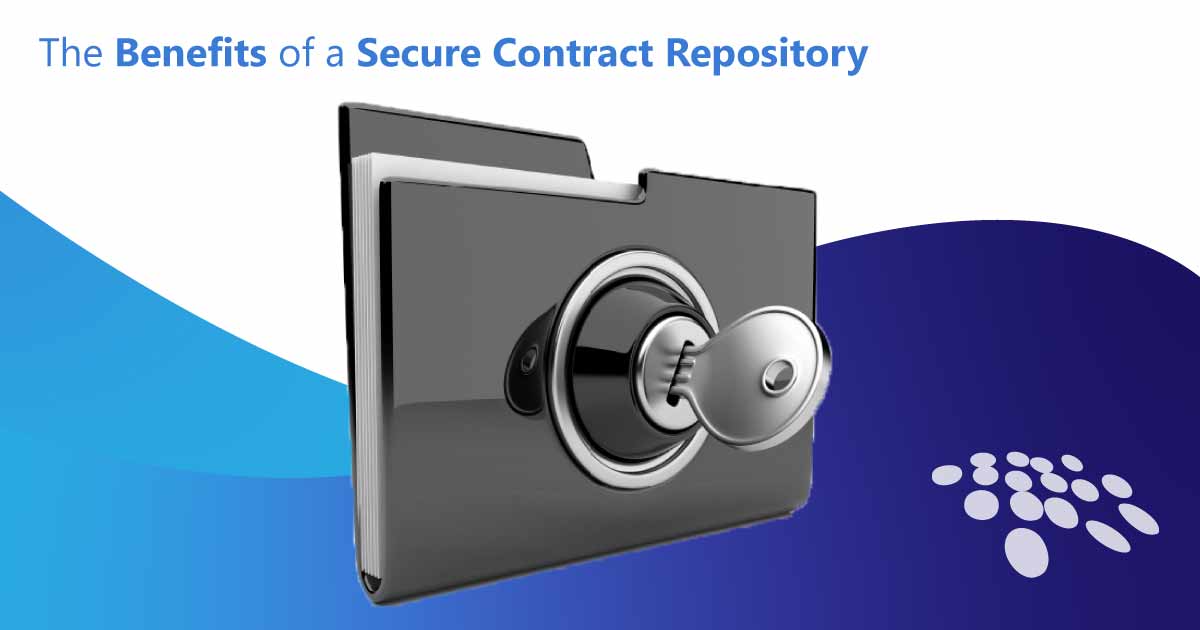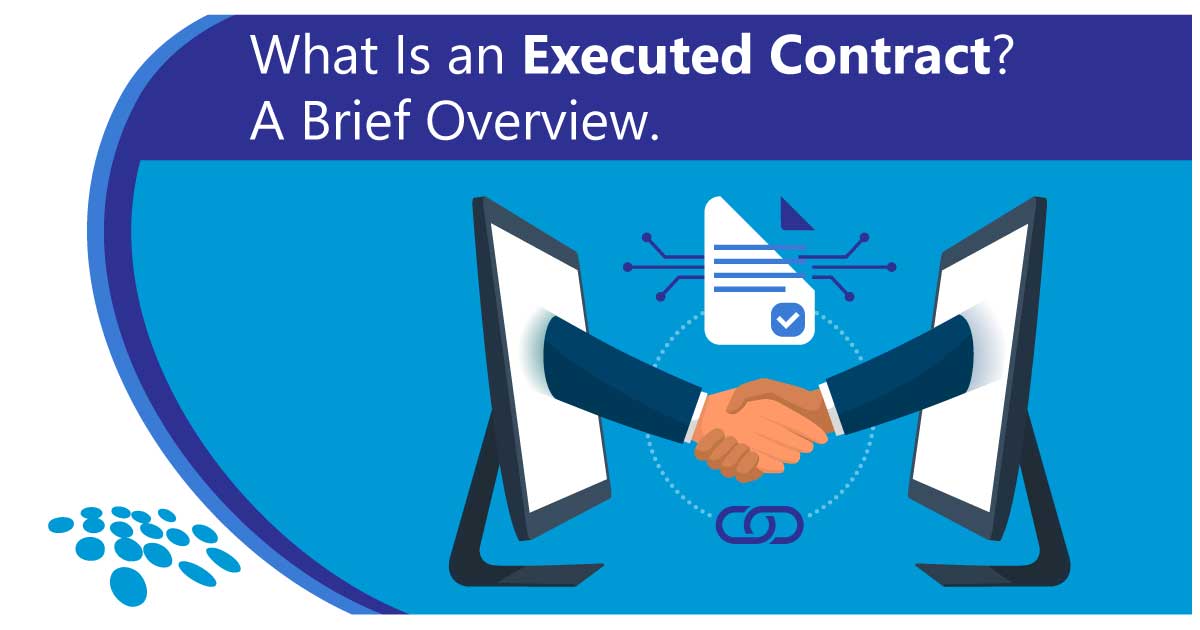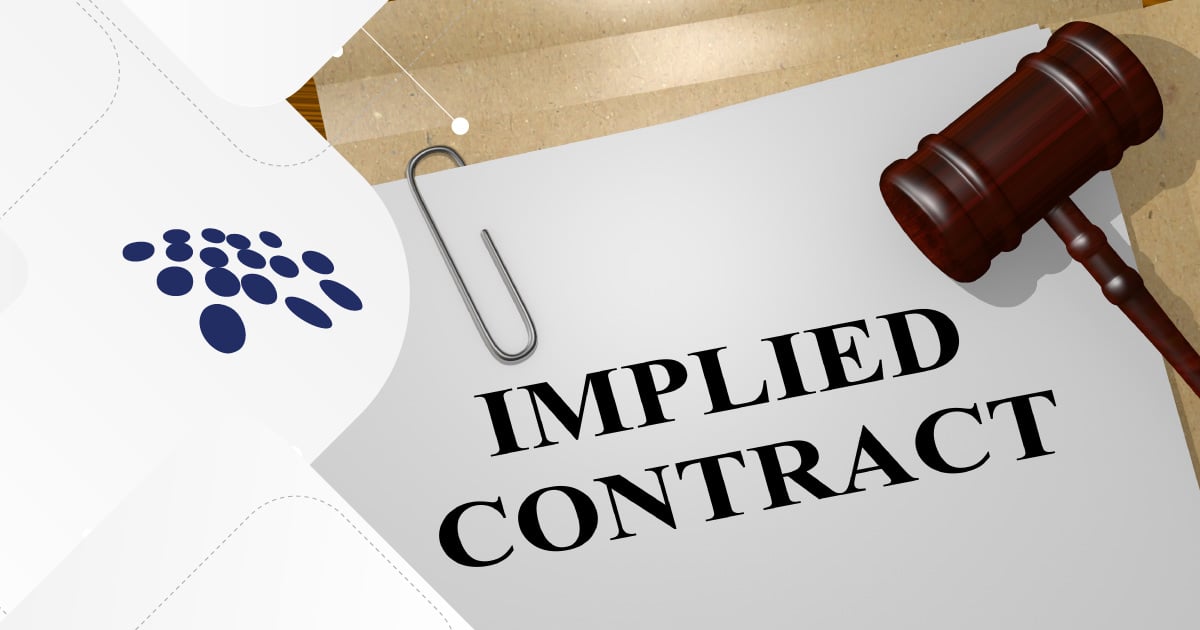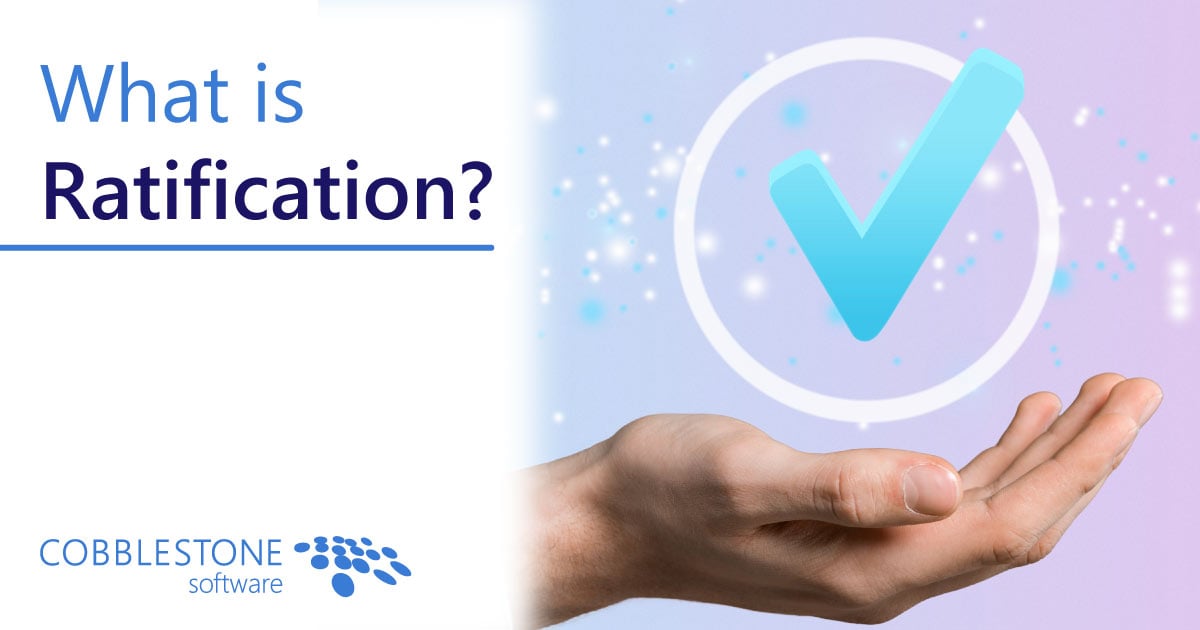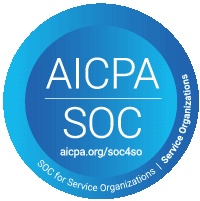
Proper legal intake is critical because it allows your organization to gather essential information about a budding business relationship. However, outdated processes for legal intake can stall requests, birth process bottlenecks, leave room for errors, eliminate the opportunity for insights, and divorce intake from other methods. Thankfully, you can streamline legal intake with the right mix of tools and strategies. To that end, here are five key tools and techniques to optimize legal intake processes.
What Is Legal Intake?
Legal intake is the initial process of forming a potential contract. It involves contract managers gathering the necessary information about a prospective counterparty and deciding on the proper contract to use while following the correct contract management process. It's the preliminary step in managing what will become a legally binding contract.
Now that you know legal intake, how should you go about it? Let's examine further below.
1. Centralize Your Requests
Centralizing legal requests is essential because it provides a single source of truth for all requests and contracts within your organization. This unification improves efficiency, cost savings, and visibility into all contractual obligations. Centralized legal requests also allow for more informed decision-making across departments.
We recommend maintaining a secure and searchable contract repository for legal requests and contracts. This database can eliminate the need for scattered, paper-based processes and multiple email threads, thus creating a streamlined system for managing the entire legal intake process in one place. You can search for legal requests, contracts, associated files, and metadata down to the section, key term, or word level. Saved searches, search history, and "Did you mean...?" functionality strengthen the repository.
2. Automate Workflows
Automating legal intake workflows improves efficiency by hastening repetitive tasks, decreasing the need for manual data entry, promoting consistency in the legal intake process, and freeing contract managers to focus on more strategic legal intake.
You can start your legal intake workflow with a user-friendly request wizard and a dynamic questionnaire to make the request more transparent and manageable. From there, you can enter contract drafting, where you can either form a contract from scratch or make it easier on yourself by merging contract terms and preferred clauses with a pre-approved template. This functionality is available with contract management software to make the workflow easier.
3. Leverage Templates & Clauses
A pre-approved library of templates and clauses is helpful for legal intake because it streamlines the process of collecting essential contract information in a structured format. This structure virtually ensures consistency and saves time for counterparties - facilitating clear communication and accurate metadata capture from the outset of a legal matter.
We recommend leveraging automated data extraction and merging contract metadata details (such as key dates, counterparty information, clauses, and more) with a pre-approved template. We also recommend auto-redlining introduced clauses with the ones in your preferred library so that optimal clause language is always presented in contracts. Finally, consider leveraging generative AI to generate tight-knit and accurate clauses for contracts and compare contract sentiment on both sides of a contract.
4. Enjoy Real-Time Status Updates
Real-time status updates and reports benefit legal intake by fostering visibility into contract processes. They allow legal teams to quickly assess contract status, pinpoint potential bottlenecks, prioritize tasks effectively, and communicate accurate information to counterparties in real time. This efficiency leads to improved satisfaction on both sides of a contract.
We recommend leveraging a system that updates contract status in real-time - reflecting key milestones like legal review, conflict check, and assignment to legal counsel via triggered workflows, in-system task alerts, and email notifications. The system can notify relevant parties promptly regarding essential updates, deadlines, or required actions. We also recommend out-of-the-box and configured dashboards and ad-hoc reports to view critical intake data, such as pending contracts, high-priority matters, key dates, budget information, and more - quickly and efficiently.
5. Integrate With Other Systems
Integrating legal intake with other systems is critical because it smooths out workflows, improves data accuracy, and fosters easier collaboration between different departments by eliminating data siloes and reducing errors while working with multiple disparate platforms.
We recommend leveraging software for legal intake that seamlessly integrates CLM (contract lifecycle management), CRM, and ERP processes via data integration and REST API - such as CobbleStone Contract Insight®. These integrations make transferring and managing data across familiar systems easy for the best possible ROI.
To learn more about how to streamline legal intake with CobbleStone®, book a free demo today!
*Legal Disclaimer: This article is not legal advice. The content of this article is for general informational and educational purposes only. The information on this website may not present the most up-to-date legal information. Readers should contact their attorney for legal advice regarding any particular legal matter.








